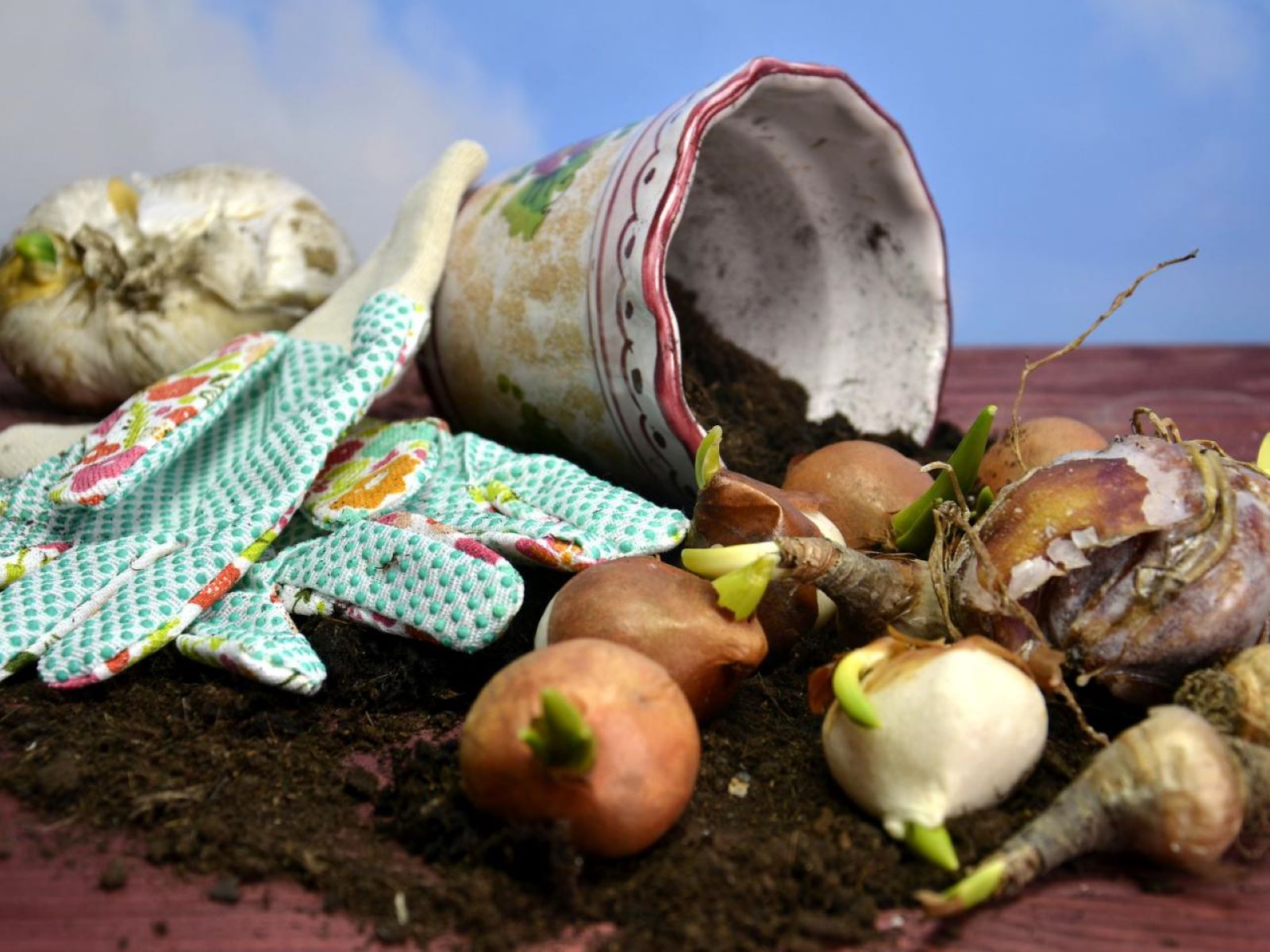

Articles
How To Store Tulip Bulbs Over Summer
Modified: February 23, 2024
Learn how to properly store tulip bulbs over the summer in this informative article. Keep your bulbs healthy and ready for planting next season.
(Many of the links in this article redirect to a specific reviewed product. Your purchase of these products through affiliate links helps to generate commission for Storables.com, at no extra cost. Learn more)
Introduction
Tulips are vibrant and beautiful flowers that add a touch of elegance to any garden or landscape. They are known for their dazzling array of colors and graceful petals, making them a favorite among gardeners and flower enthusiasts. However, tulips are seasonal flowers that bloom in the spring and go dormant during the summer months. To ensure their survival and continuous growth, it is essential to properly store tulip bulbs over the summer.
Storing tulip bulbs over summer allows them to rest and recharge for the next growing season. This process ensures that they remain healthy and ready for planting in the fall. Whether you’re a gardening enthusiast or a professional landscaper, understanding how to store tulip bulbs will enable you to preserve their quality and beauty.
While storing tulip bulbs may seem daunting at first, the process is relatively simple and straightforward. By following a few key steps and making the right preparations, you can ensure that your tulip bulbs will thrive and bloom year after year.
In this article, we will explore the reasons why storing tulip bulbs is necessary, when to store them, how to prepare the bulbs for storage, choosing the right storage location, different methods of storage, and how to care for the bulbs during the storage period. We will also discuss some of the potential risks and troubleshooting tips to help you maintain the health of your tulip bulbs.
So, if you’re ready to learn how to keep your tulip bulbs in optimal condition during the summer months, let’s dive into the details of storing tulip bulbs over summer.
Key Takeaways:
- Preserve the beauty of tulip bulbs by storing them over summer to ensure their longevity, protect them from pests, and control their planting time for vibrant blooms year after year.
- Choose the right storage location, inspect and care for stored tulip bulbs, and be aware of potential risks to ensure successful storage and future growth.
Read more: How To Store Tulip Bulbs Over Winter
Why Store Tulip Bulbs?
One might wonder why it is necessary to store tulip bulbs when other flowering plants can simply be left in the ground year-round. The reason lies in the specific characteristics of tulip bulbs and their natural growth cycle.
Tulips are native to regions with cold winters, where they undergo a period of dormancy to survive harsh conditions. This dormancy period allows the bulbs to conserve energy and nutrients until the weather becomes favorable for growth again. However, in regions with milder climates, such as in many parts of the United States, the summer temperatures can be too warm for tulip bulbs to go dormant naturally. As a result, storing tulip bulbs becomes necessary to mimic the conditions of their natural habitat and prevent them from rotting or becoming damaged.
By storing tulip bulbs over the summer, you can ensure the bulbs’ longevity and maintain their vitality. This practice enables you to preserve the quality of your tulip bulbs for future growth and blooming seasons.
Another reason to store tulip bulbs is to protect them from pests and diseases that can harm their health. Many pests, such as mice and squirrels, are attracted to tulip bulbs and may dig them up if left in the ground. Storing the bulbs in a secure location helps safeguard them from such threats and ensures their undisturbed growth.
Additionally, storing tulip bulbs allows you to have more control over their planting time. By storing the bulbs, you can delay their planting until the optimal time in the fall when the soil temperatures have cooled down. This can help promote better root development and increase the chances of successful growth and blooming.
Overall, storing tulip bulbs is essential to provide them with the right conditions for dormancy, protection from pests and diseases, and control over planting time. By taking the time to store your tulip bulbs properly, you can enjoy their beauty and vibrant colors year after year.
When to Store Tulip Bulbs
The timing for storing tulip bulbs is crucial to ensure their proper dormancy and successful future growth. It is essential to wait until the right stage of their growth cycle before removing and storing the bulbs.
Typically, tulip bulbs should be stored once their foliage has completely yellowed and died back. This usually occurs in late spring or early summer, after the tulips have finished blooming. During this time, the bulbs have absorbed sufficient energy to sustain themselves during their dormant period.
It’s important to note that cutting back the foliage too early can result in weak and undernourished bulbs. Allow the foliage to naturally yellow and wither, as this indicates that the nutrients from the leaves have been transferred to the bulbs.
It’s also crucial to consider your specific climate and the weather conditions in your area. If you live in an area with a longer and warmer growing season, you may need to wait longer for the foliage to completely die back before storing the bulbs. Conversely, if you live in a colder climate, with early frosts or harsh winters, you may need to store the bulbs earlier to protect them from extreme temperatures.
Ultimately, the key is to observe the natural progression of the tulip plants and wait until the foliage has fully matured and yellowed. This will ensure that the bulbs have received their necessary nutrients and are ready for storage.
Once the foliage has yellowed, you can carefully dig up the tulip bulbs using a garden fork or spade. Take care not to damage the bulbs during the digging process. Gently remove any excess soil and separate any attached shoots or offsets from the main bulb.
Now that you know when to store tulip bulbs, let’s move on to the next crucial step: preparing the bulbs for storage.
Preparing Tulip Bulbs for Storage
Properly preparing tulip bulbs for storage is essential to ensure their health and vitality during the dormant period. This step involves cleaning, drying, and inspecting the bulbs before placing them in storage.
Start by gently removing any excess soil or debris attached to the bulbs. You can use a soft brush or your hands to carefully brush off the soil without damaging the bulb. Avoid washing the bulbs with water, as moisture can promote rot or disease development.
After cleaning, allow the bulbs to air dry for a few days in a well-ventilated area. Placing them on a tray or a mesh screen will help facilitate air circulation and promote faster drying. This process ensures that excess moisture evaporates, reducing the risk of fungal or bacterial growth.
While drying, take the opportunity to inspect each bulb for any signs of damage, disease, or rot. Discard any bulbs that appear soft, moldy, or unhealthy. It’s crucial to only store bulbs in good condition to prevent the spread of diseases and ensure the success of future growth.
If you notice any offsets or smaller bulbs attached to the main bulb, you can choose to separate them or store them together. Keep in mind that offsets may take longer to mature and bloom compared to the main bulbs. If you decide to store the offsets, make sure they are dry and free of any signs of damage or disease.
Once the bulbs are clean, dry, and inspected, it’s time to store them in a suitable location. Consider factors such as temperature, humidity, and airflow when choosing the ideal storage space for your tulip bulbs. We’ll discuss this further in the next section.
By properly preparing tulip bulbs for storage, you are setting the foundation for their successful dormancy and future growth. Taking the time to clean, dry, and inspect the bulbs ensures that you are storing healthy and viable bulbs that will reward you with beautiful blooms in the seasons to come.
Choosing the Right Storage Location
When it comes to storing tulip bulbs, selecting the right storage location is crucial for their well-being. The ideal storage environment should provide the bulbs with the right conditions to maintain their dormancy while protecting them from extreme temperatures, pests, and excess moisture.
Here are a few factors to consider when choosing the right storage location:
- Temperature: Tulip bulbs require a cool and consistent temperature for effective dormancy. Ideally, the storage location should be between 35°F (2°C) and 45°F (7°C). Avoid storing the bulbs in areas that experience extreme temperature fluctuations, as this can disrupt their dormant state and reduce their viability.
- Humidity: It’s important to store tulip bulbs in a dry and well-ventilated environment. High humidity can lead to moisture build-up, which can cause the bulbs to rot. Avoid basements or areas prone to dampness. Consider using materials like wood shavings or vermiculite to absorb any excess moisture.
- Light: Tulip bulbs should be stored in a dark location. Exposure to light during storage can trigger premature growth or sprouting, which can weaken the bulbs. Choose a storage area that is shielded from natural or artificial light sources.
- Airflow: Proper airflow is essential to prevent the buildup of stagnant or humid air around the bulbs. Ensure that the storage location has good air circulation to prevent the growth of mold or fungi. Placing the bulbs in open trays or breathable containers can help promote airflow.
- Pest Control: Protect the bulbs from pests like mice, squirrels, or insects by storing them in containers that are sealed or in elevated areas that are inaccessible to these pests. Consider using materials like wire mesh or coarse sand as a barrier to deter pests.
Based on these factors, some suitable storage locations for tulip bulbs include a cool and dry basement, a ventilated garage, or a dedicated storage room. If you don’t have space indoors, you can also consider using an outdoor storage shed or an unheated greenhouse, taking extra precautions to protect the bulbs from temperature extremes and pest damage.
Remember, the goal is to provide a controlled environment where the bulbs can safely rest and remain dormant until it’s time to plant them again in the fall. By selecting the right storage location, you are ensuring the optimal conditions for the bulbs’ successful hibernation and future growth.
After the tulip bulbs have finished flowering, allow the foliage to die back naturally. Once the foliage has turned yellow and dried out, carefully dig up the bulbs and store them in a cool, dry place until it’s time to plant them again in the fall.
Read more: How To Store Tulip Bulbs In The Refrigerator
Storing Tulip Bulbs in Containers
Storing tulip bulbs in containers is a popular and convenient method that allows for easy access and protection of the bulbs. Container storage is especially useful if you have a limited gardening space or if you want to keep the bulbs stored indoors.
Here are the steps to store tulip bulbs in containers:
- Selecting the Containers: Choose containers that are clean, dry, and have sufficient drainage holes. The size of the containers will depend on the number of bulbs you need to store. Ensure that the containers are large enough to accommodate the bulbs without overcrowding and provide ample space for air circulation.
- Filling the Containers: Fill the containers with a suitable storage medium, such as dry sand, wood shavings, or vermiculite. These materials help maintain a consistent level of moisture and provide insulation for the bulbs during storage. Avoid using potting soil or compost, as they may retain too much moisture and lead to rotting.
- Arranging the Bulbs: Place the tulip bulbs on top of the storage medium in the containers, making sure they are not touching each other and have space to breathe. You can either lay the bulbs flat or position them upright with the pointed end facing up. Avoid stacking the bulbs on top of each other, as this can cause damage or lead to moisture buildup.
- Covering the Bulbs: Once the bulbs are arranged, cover them with more storage medium, ensuring that the bulbs are completely surrounded. The medium should cover the bulbs with a layer of about 2 to 3 inches. This provides insulation and protects the bulbs from temperature fluctuations.
- Labeling and Storing: It’s essential to label the containers with the tulip variety and the date of storage. This will help you keep track of the bulbs and ensure you plant them at the right time in the future. Place the containers in a cool and dark storage location, following the guidelines mentioned earlier.
Throughout the storage period, periodically check the bulbs for any signs of rot or disease. If you notice any bulbs deteriorating, remove them immediately to prevent the spread of any issues to the healthy bulbs.
Storing tulip bulbs in containers provides a controlled and easily accessible method for keeping the bulbs in optimal condition. It allows for closer monitoring and easier management of the bulbs, ensuring their future growth and vibrant blooms.
Storing Tulip Bulbs in the Ground
Another method of storing tulip bulbs is by leaving them in the ground over the summer. This method is suitable for gardeners who prefer a more natural approach or have limited indoor storage space.
Here are the steps to store tulip bulbs in the ground:
- Choosing the Planting Location: Select a well-draining area in your garden that receives full sun or partial shade. Avoid low-lying or waterlogged areas, as excess moisture can lead to bulb rot. It’s also important to consider the future planting needs of other plants in that area.
- Preparing the Soil: Before storing the bulbs, ensure that the soil is loose, well-drained, and enriched with compost or organic matter. This will provide the bulbs with the necessary nutrients and a healthy growing environment.
- Digging and Planting the Bulbs: Carefully dig holes in the soil, ensuring that they are deep enough to accommodate the bulbs. The general rule of thumb is to plant tulip bulbs at a depth that is two to three times the height of the bulb. Place the bulbs into the holes, with the pointed ends facing up, and cover them with soil, gently firming it around the bulbs.
- Marking and Protecting: It’s crucial to mark the area where the tulip bulbs are planted to prevent accidental damage or disturbance. You can use plant tags, stakes, or even decorative stones to indicate the location. Additionally, consider using a layer of mulch to provide insulation and protect the bulbs from extreme temperatures.
- Monitoring and Maintenance: While the bulbs are stored in the ground, continue to monitor the area for any signs of pests, diseases, or weeds. Remove any weeds that may compete with the bulbs for nutrients and maintain regular watering if necessary, ensuring that the soil remains moist but not waterlogged.
It’s important to note that storing tulip bulbs in the ground carries some risks. Extreme temperature fluctuations or excessive moisture can cause the bulbs to rot or become damaged. Additionally, pests like mice or squirrels may dig up the bulbs, so it’s essential to take precautions to protect them.
By storing tulip bulbs in the ground, you allow them to go through a natural dormancy period while benefiting from the insulation provided by the soil. However, be prepared to accept potential risks and monitor the conditions carefully to ensure the bulbs’ successful storage and future growth.
Inspecting and Caring for Stored Tulip Bulbs
Inspecting and caring for stored tulip bulbs is essential to ensure their continued health and viability. Regular monitoring and proper maintenance during the storage period help identify any potential issues and prevent the spread of diseases or pests.
Here are some tips for inspecting and caring for stored tulip bulbs:
- Regular Check-ups: Periodically check on your stored tulip bulbs throughout the storage period. Inspect each bulb for any signs of rot, mold, or damage. Remove any diseased or damaged bulbs immediately to prevent the spread of issues to healthy bulbs.
- Air Circulation: Promote proper air circulation around the stored bulbs to prevent the buildup of humidity and reduce the risk of fungal growth. If storing bulbs in containers, consider placing them in open trays or breathable containers. If storing in the ground, ensure the soil around the bulbs is well-drained.
- Temperature Control: Maintain a consistent and cool temperature within the storage area. Avoid drastic temperature fluctuations that can disrupt the bulbs’ dormancy. This is especially important if storing bulbs indoors, as temperatures indoors can vary more drastically than in the ground.
- Pest Prevention: Protect the stored bulbs from pests by ensuring the storage area is secure and inaccessible to rodents or insects. Consider using wire mesh or coarse sand as a barrier to deter pests. Monitor for any signs of pest activity and take appropriate measures to eliminate them if necessary.
- Moisture Management: Check the bulbs regularly for any signs of excess moisture. If you notice condensation or moisture buildup, address the issue by providing better ventilation or adjusting the storage medium. Too much moisture can lead to bulb rot, while excessive dryness can cause the bulbs to dehydrate.
- Labeling and Organization: Keep the bulbs organized and labeled to ensure you know the variety and storage date of each batch. This will help you keep track of the bulbs and ensure you plant them at the right time in the future.
Remember, proper inspection and care during the storage period are vital to prevent any issues that could impact the health and viability of the tulip bulbs. By practicing regular maintenance and addressing any concerns promptly, you can ensure that your stored tulip bulbs remain in excellent condition and ready for planting in the next season.
Risks and Troubleshooting
Storing tulip bulbs comes with certain risks and challenges that may arise during the storage period. Being aware of these potential issues and having troubleshooting strategies in place can help you address them effectively and ensure the health and vitality of your stored tulip bulbs.
Here are some common risks and troubleshooting tips:
- Bulb Rot: One of the main risks when storing tulip bulbs is bulb rot, which occurs due to excessive moisture or poor ventilation. To prevent bulb rot, ensure that the storage medium is well-drained, and the storage area has adequate air circulation. If you notice any bulbs showing signs of rot, promptly remove them to prevent the spread to other bulbs.
- Pest Infestation: Pests like mice, squirrels, or insects can be attracted to stored tulip bulbs. To prevent pest infestation, choose a secure storage location and use barriers such as wire mesh or coarse sand. Regularly inspect the storage area for signs of pest activity and take appropriate measures, such as using traps or repellents, to eliminate them if necessary.
- Excessive Dryness: In some storage environments, excessive dryness can occur, leading to bulb dehydration. To prevent this, periodically check the bulbs for any signs of shriveling or dryness. If the storage medium is too dry, consider lightly misting it with water or placing containers near a humidifier to provide some moisture.
- Temperature Fluctuations: Drastic temperature fluctuations can disrupt the dormancy period and negatively affect the stored bulbs. To mitigate this risk, choose a storage location with a consistent temperature. If needed, use insulating materials like wood shavings or vermiculite to help buffer against temperature changes.
- Incorrect Planting Time: Improper timing of planting stored tulip bulbs can impact their growth and bloom. Make sure to note the storage date and the recommended planting time for each tulip variety. Plant the stored bulbs at the appropriate time in the fall to give them sufficient time to establish roots before winter.
- Failure to Sprout or Bloom: Sometimes, stored tulip bulbs may fail to sprout or bloom in the following season. This could be due to incorrect storage conditions, improper handling, or bulb age. To improve the chances of successful growth, ensure proper storage conditions, use healthy and viable bulbs, and plant them at the correct depth and time.
Remember that not all potential risks can be completely eliminated, but by monitoring, addressing issues promptly, and adjusting storage conditions as needed, you can minimize the risks and increase the likelihood of successful storage and future growth for your tulip bulbs.
Read more: How To Store Tulip Bulbs Before Planting
Conclusion
Storing tulip bulbs over the summer is a vital practice that ensures the long-term health and vitality of these beautiful flowers. By providing the bulbs with the right conditions and protecting them from potential risks, you can enjoy their vibrant blooms year after year.
Throughout this article, we have discussed the reasons why storing tulip bulbs is necessary, the optimal timing for storage, and the steps involved in preparing and caring for the bulbs. We have also explored different storage methods, including storing tulip bulbs in containers or in the ground.
Choosing the right storage location, managing temperature, humidity, airflow, and pest control are crucial factors to consider when storing tulip bulbs. Regular inspection and proper care during the storage period help identify any potential issues and address them promptly. Remember to label and organize your stored bulbs to ensure you know the variety and storage date for each batch.
While storing tulip bulbs does come with certain risks, such as bulb rot or pest infestation, being equipped with troubleshooting tips can help mitigate these challenges. By taking proactive measures to prevent issues and addressing them promptly, you can increase the likelihood of successful storage and future growth.
In conclusion, by following the guidelines outlined in this article, you can confidently store your tulip bulbs over the summer and ensure their well-being. Through proper preparation, choosing the right storage location, regular inspections, and addressing any issues that arise, you will be rewarded with vibrant and beautiful tulip blooms in the seasons to come.
Frequently Asked Questions about How To Store Tulip Bulbs Over Summer
Was this page helpful?
At Storables.com, we guarantee accurate and reliable information. Our content, validated by Expert Board Contributors, is crafted following stringent Editorial Policies. We're committed to providing you with well-researched, expert-backed insights for all your informational needs.
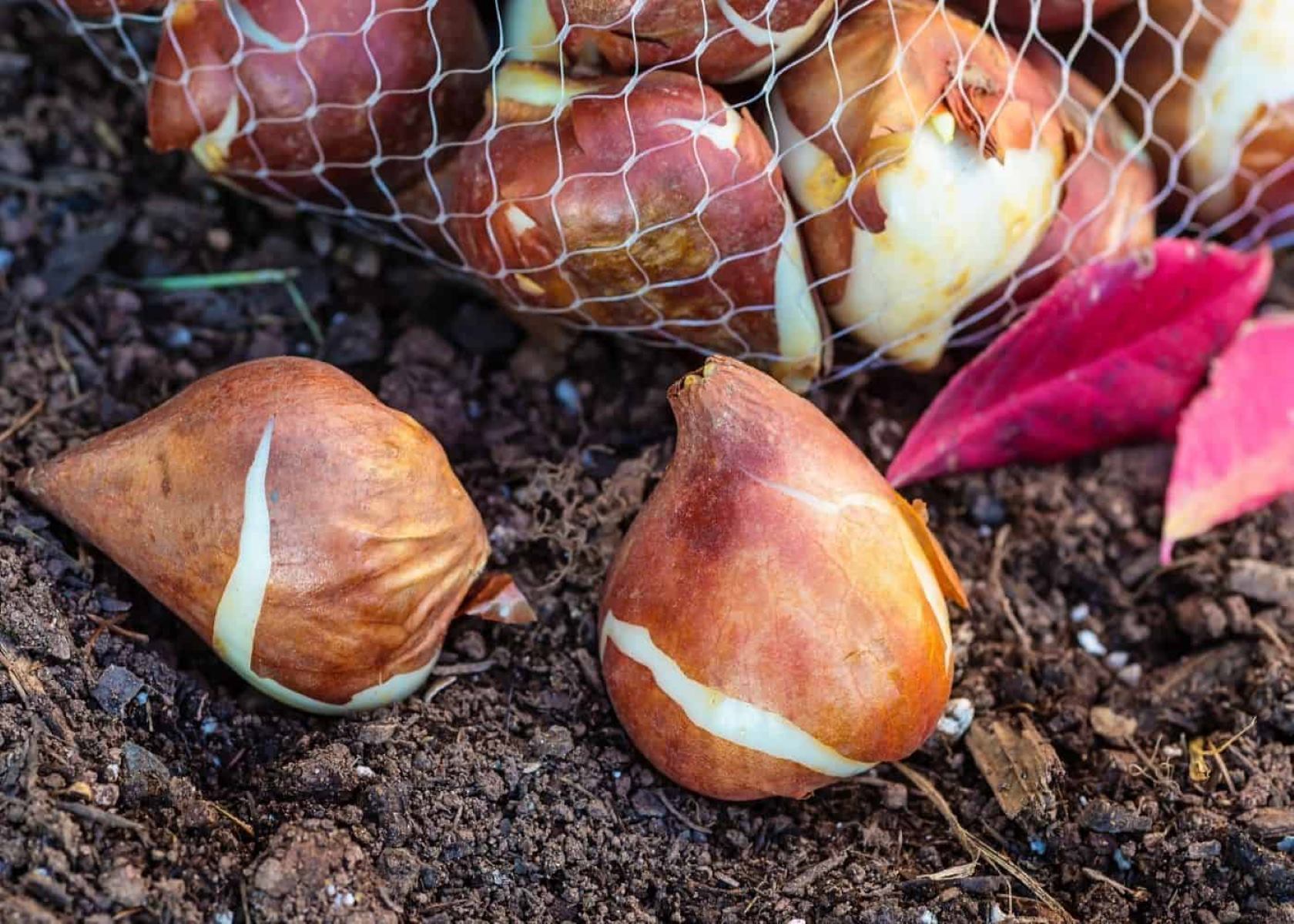
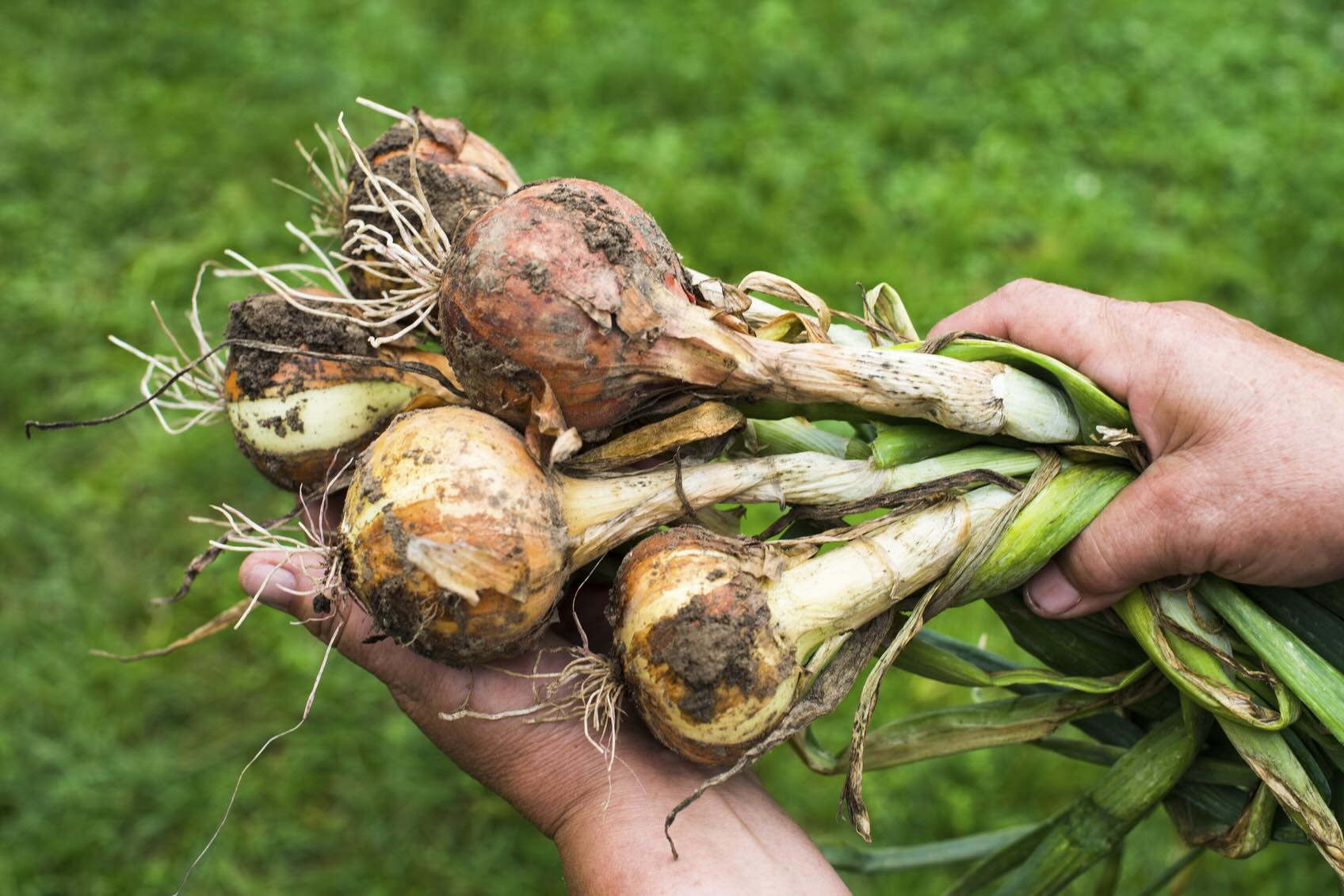
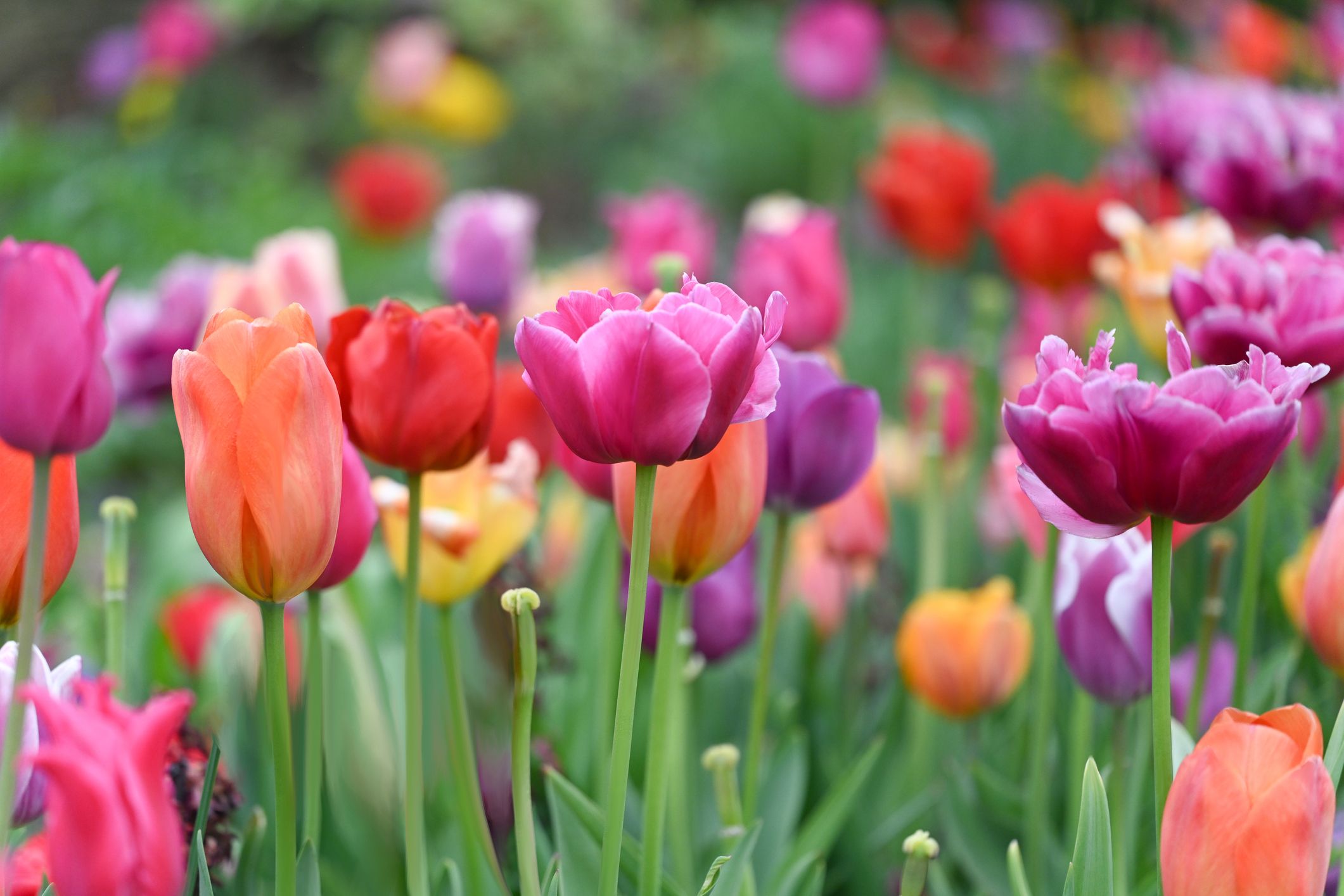
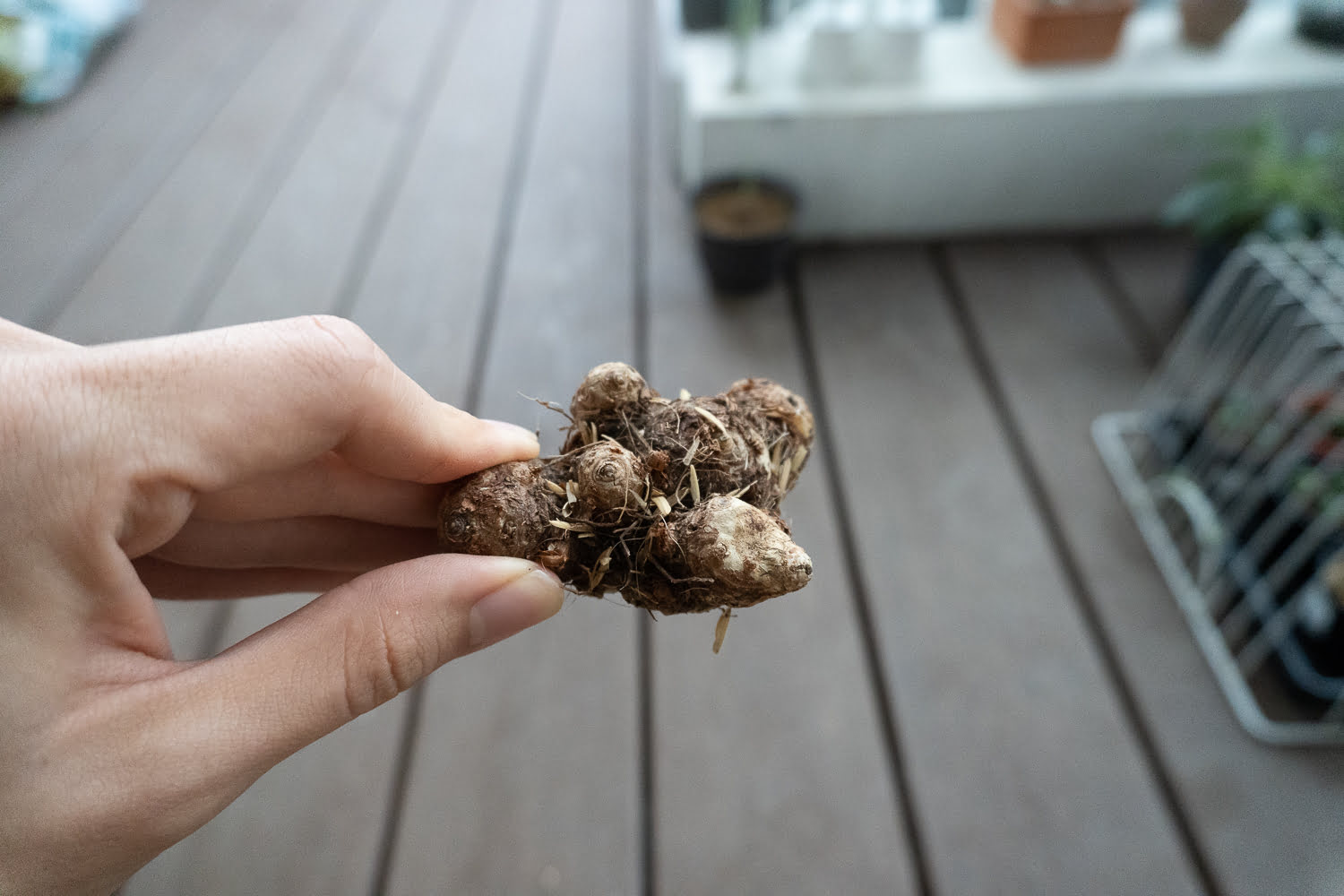


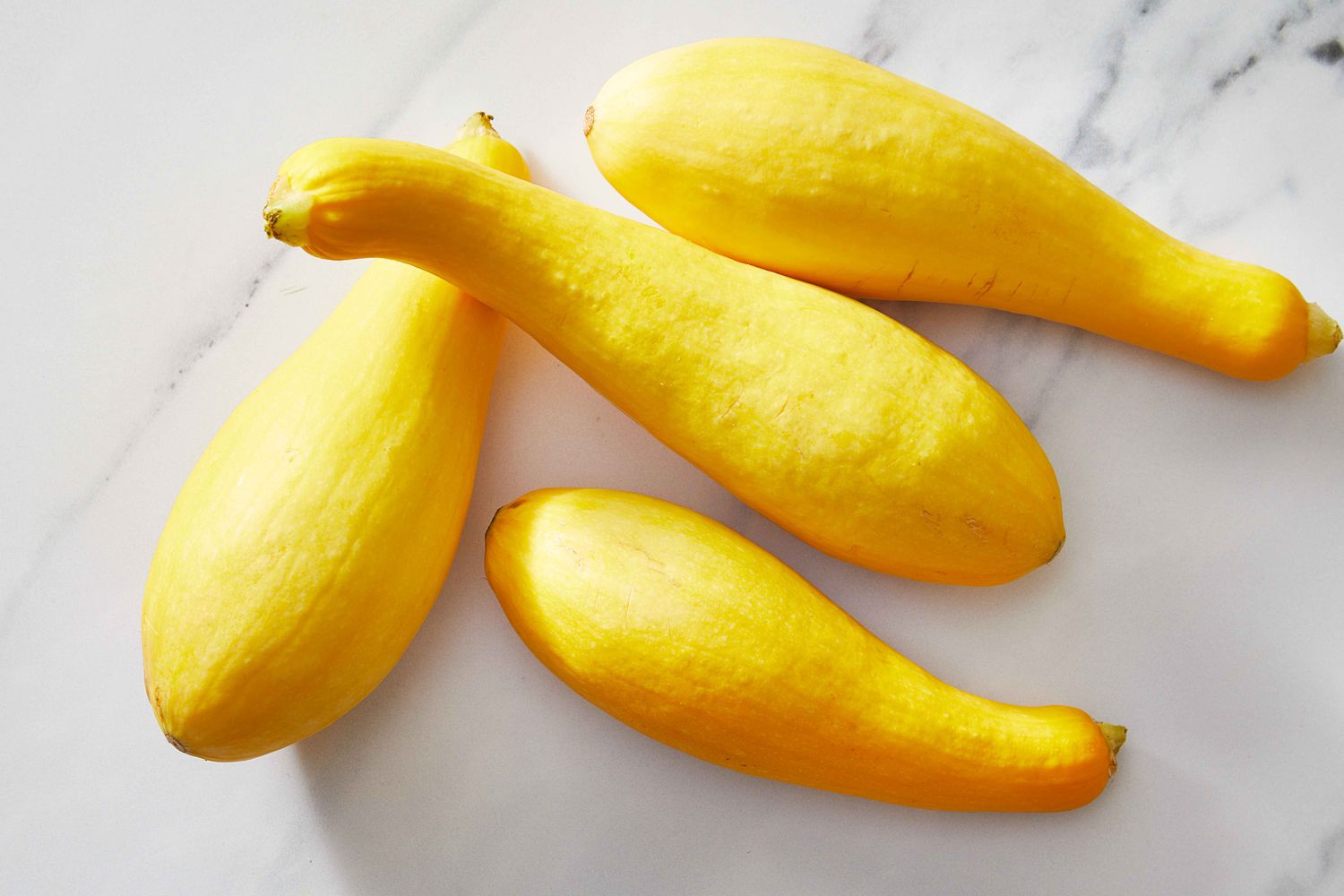



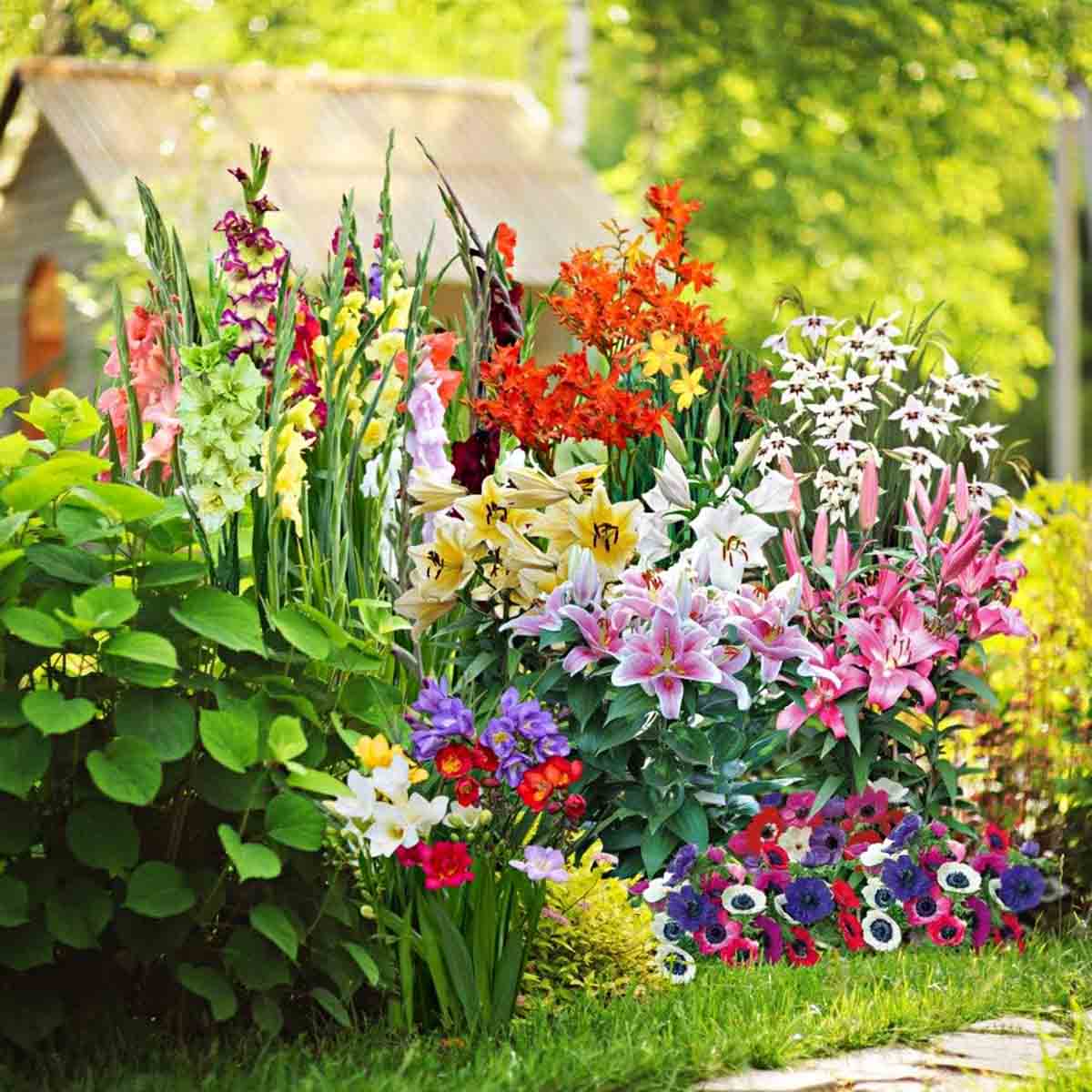
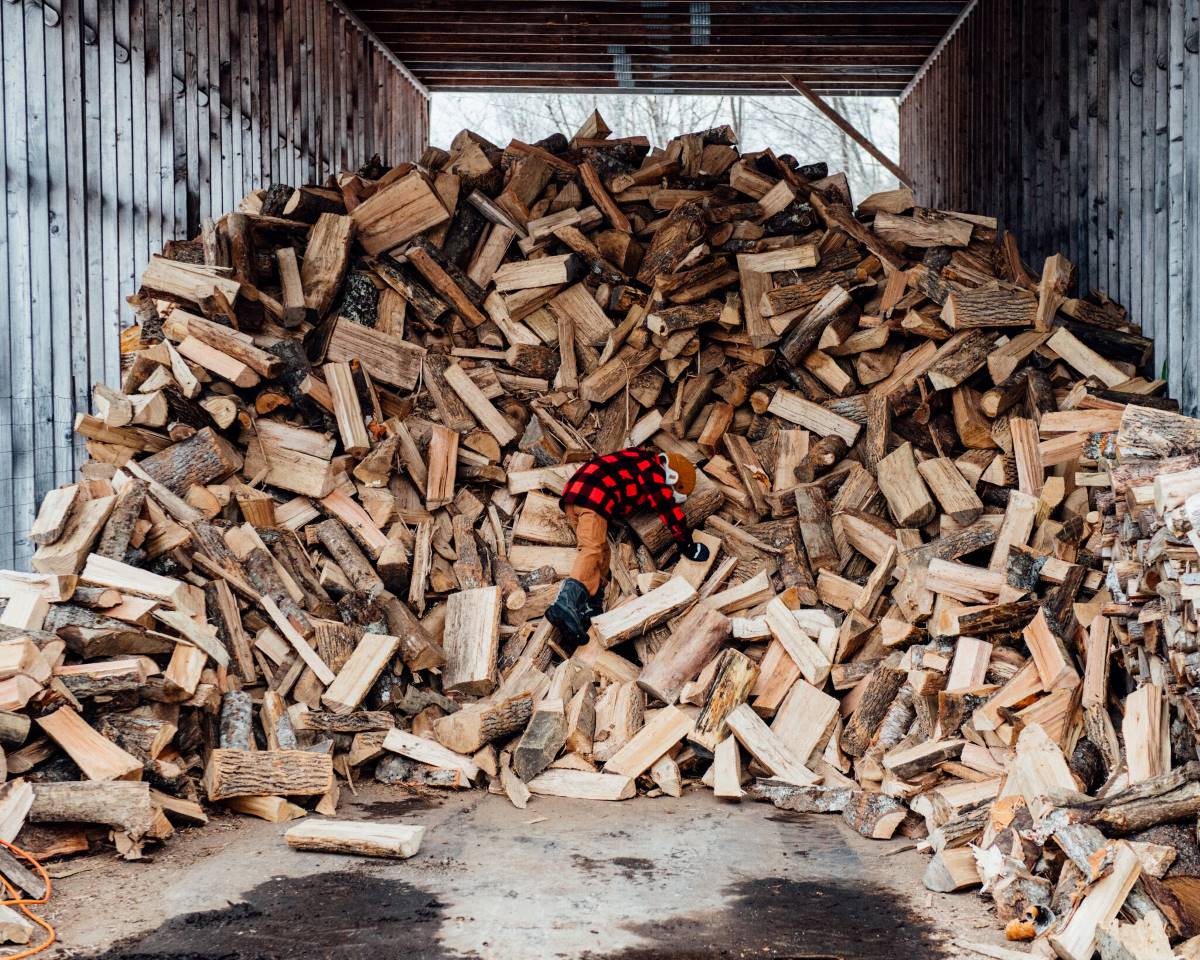


0 thoughts on “How To Store Tulip Bulbs Over Summer”